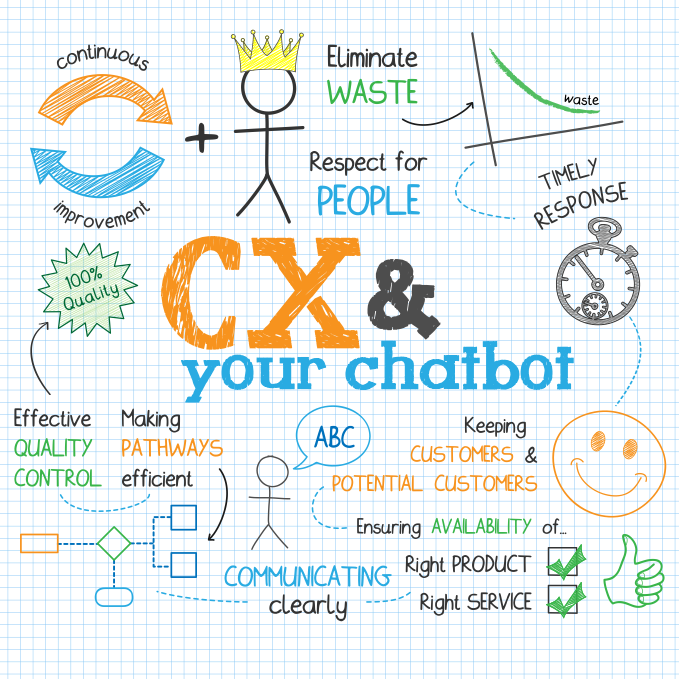In 2017, millennials became the largest U.S. consumer demographic with an estimated $200 billion in annual buying power. As such, they are reshaping the expectations for customer service. According to Dan Schawbel at Forbes, these tech-savvy buyers want a self-sufficient, 24/7, chat-based, multi-device, personalized, real-time resolution, customer experience. And they will share their experience on social media— good or bad— with the best and worst experiences going viral.

Chatbots have been around since MIT developed ELIZA in the mid-1960s; they gained mainstream notoriety in the late 1990s with Microsoft’s office assistant, Clippy. Today, Clippy feels as ancient as the 8-track tape. Powered by AI and armed with rich customer insights, chatbots have become more conversational and personalized, and they are able to understand complex queries and solve problems in real time. Chatbots can also detect and respond to customer emotion. According to Salesforce, 7% of customers say chatbots will transform their expectations of companies in the next five years (2019 State of the Connected Customer Report).
“The last best experience that anyone has anywhere, becomes the minimum expectation for the experience they want everywhere.”
—Bridget van Kranlingen, IBM
Meeting the demand cycle
In this rapid, 24/7, 365-days-a-year demand cycle, businesses are constantly engaging with consumers and prospects online and via social media. Chatbots allow for real-time lead generation and inquiry processing—from booking an appointment to resolving a problem or directing customers to the right individual within your organization, either during or well past operating hours (Forbes).
What’s more, multiple industries are adopting chatbots—and not only tech giants like Facebook and Google; chatbot use is also increasing across online retail and, most recently, in healthcare. According to Jonathan Karl at HealthTech Magazine, the CDC and healthcare systems like Providence St. Joseph Health have built online screening tools and AI-driven bots to screen for COVID-19.
With great power comes great responsibility—for brands
The ease of integration and low cost of implementation have made it possible for brands of any size to take advantage of chatbot technology, but chatbots are only as effective as the strategy and content behind the technology. Like all customer touchpoints, the experience must be carefully configured and lovingly tended to deliver a great brand experience.
Believe it or not, your chatbot’s performance can make or break a customer relationship just like a customer service agent can. Consider the role of Chatbot Coach to be your MVP of your online customer experience.
 Facilitate resolution and satisfaction.
Facilitate resolution and satisfaction.
Give your customers easy-to-find options via phone, email, or chat. Consider offering the ability to make an appointment with a real person via phone or chat.
 Program the chatbot in your company’s “voice.”
Program the chatbot in your company’s “voice.”
The chatbot should be able to recognize common industry lingo, “converse” with the customer in a professional and friendly voice, and express empathy for the client in distress.
 Update your ‘bot.
Update your ‘bot.
Make sure you update the information your chatbot accesses, such as new products, company news, and operating hours.
 Leverage the customer data.
Leverage the customer data.
Review the customer dialogue. Consider this a real-time focus group providing insights for opportunities to improve your customer experience.
 Follow-up
Follow-up
Whether you’re a B2B or a B2C company, it’s a great idea to end each session with an opportunity to follow up, if your customer feels you can provide additional service, with “Would you like us to contact you regarding this issue?”
“Chatbot Coach” will be one of the most important HR jobs in the next five years.
As with any technology, the benefits of chatbots can enhance your customers’ experience and the effectiveness of your client service operation. When you read the dialogue of client interactions, ask yourself, “If you were the customer, would you consider that exchange a pleasant and productive engagement with your company?” If your answer is anything but a resounding “Yes,” it is likely your chatbot is causing more harm than good.
If you’d like BNO to be your guide in evaluating your customer experience, please contact us today.



